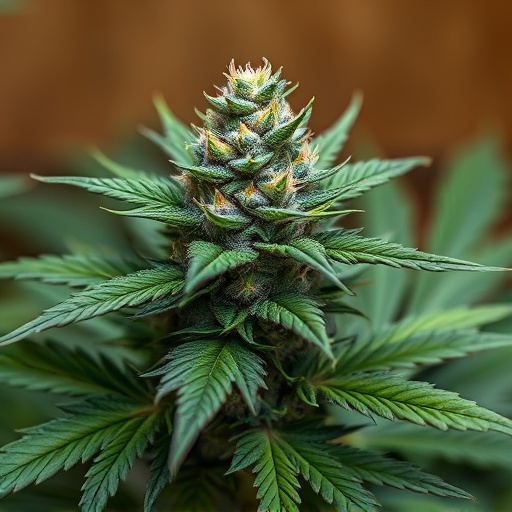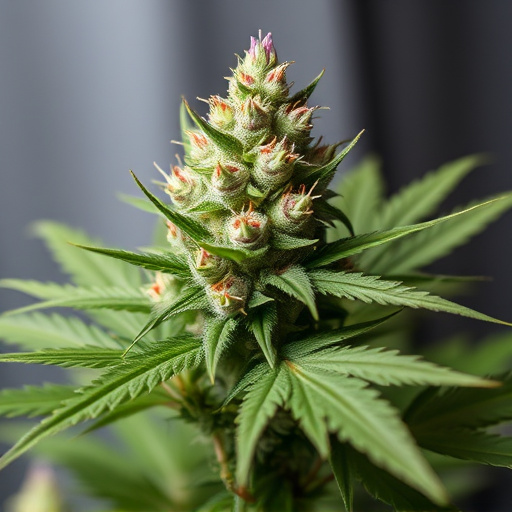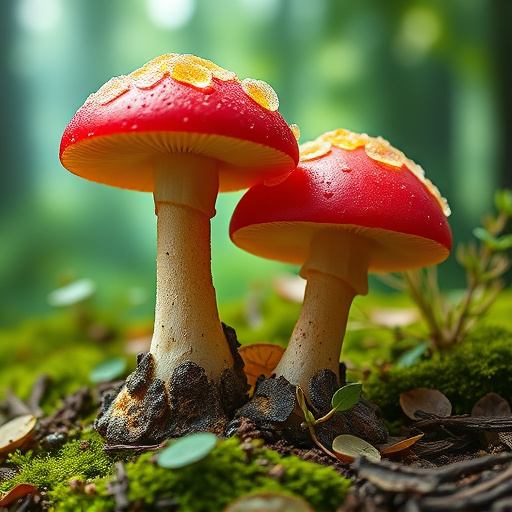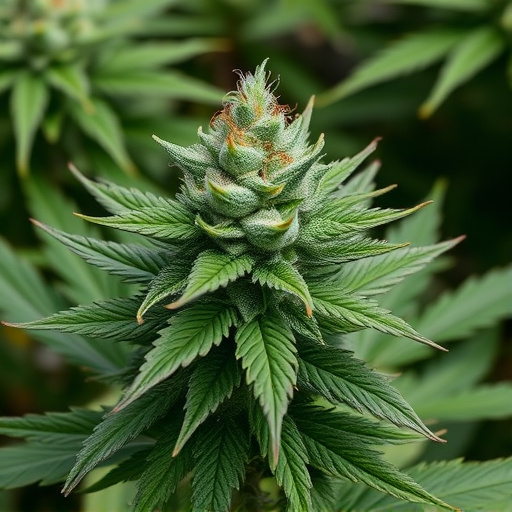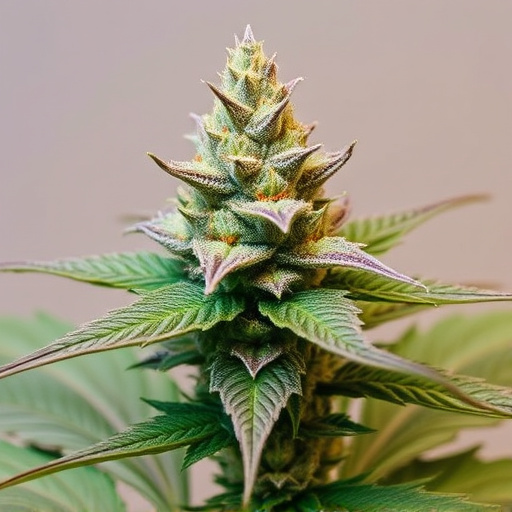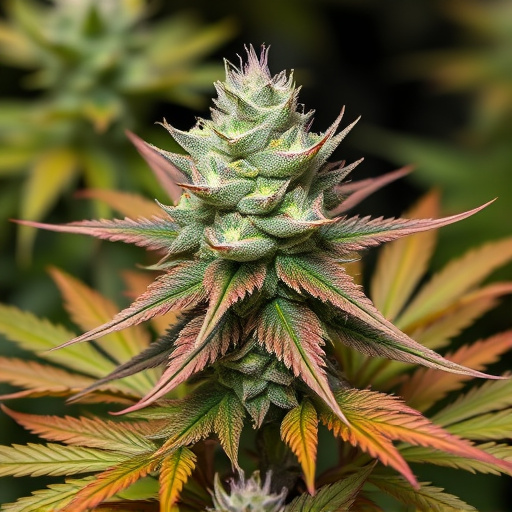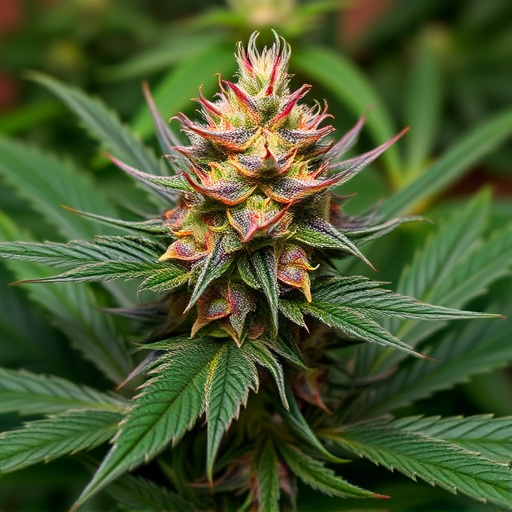Terpenes, aromatic compounds found in cannabis, significantly influence scent, taste, and potential therapeutic effects across diverse new cannabis strains. With over 100 types identified, each strain has a unique chemical profile. Key terpenes like myrcene (sedative) and limonene (uplifting) are bred for specific effects, offering tailored experiences from relaxation to heightened energy. Understanding terpenes allows enthusiasts to customize their experience, unlocking the full potential of new cannabis strains.
Discover the captivating world of terpenes, the aromatic compounds responsible for the unique scents and flavors of cannabis flowers. This article explores how these versatile molecules contribute to the diverse experiences offered by modern cannabis strains. From enhancing potent effects to potentially providing therapeutic benefits, understanding terpenes is key to navigating the evolving landscape of new cannabis strains. Uncover how these natural substances unlock a world of sensory delights and potential wellness advantages.
- Understanding Terpenes: The Aromatic Compounds in Cannabis
- The Role of Terpenes in New Cannabis Strains
- Unlocking the Benefits: How Terpenes Enhance Cannabis Experience
Understanding Terpenes: The Aromatic Compounds in Cannabis
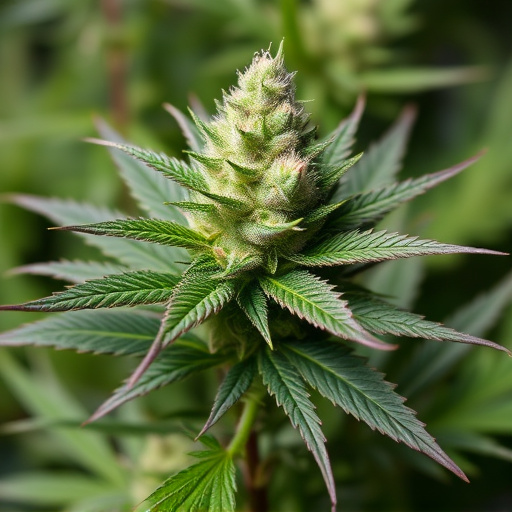
Terpenes are aromatic compounds that play a significant role in the unique scents and flavors of cannabis flowers, making them an essential aspect to consider when exploring new cannabis strains. These volatile oils are produced naturally by various plants, including cannabis, and contribute to the distinct character of different varieties. With over 100 known types of terpenes identified in cannabis alone, each strain exhibits a diverse chemical profile that influences its aroma, taste, and potential effects.
Understanding terpenes is crucial for cannabis enthusiasts as they significantly impact the overall experience. Different terpenes evoke specific sensory sensations, ranging from citrusy and fruity notes to earthy and woody profiles. For instance, myrcene, commonly found in many new cannabis strains, offers a terrestrial and musky aroma, often described as reminiscent of fresh cut grass or pine trees. Limonene, on the other hand, provides a bright and uplifting scent with hints of citrus fruits. As researchers continue to explore terpenes’ potential therapeutic benefits, the study of these aromatic compounds contributes to our understanding of how cannabis interacts with our senses and well-being.
The Role of Terpenes in New Cannabis Strains

In the ever-evolving landscape of cannabis, breeders are constantly creating new cannabis strains with unique characteristics and effects. Terpenes play a pivotal role in shaping these novel varieties. These aromatic compounds, naturally occurring in cannabis plants, contribute to the distinct flavor profiles and potential therapeutic benefits of each strain. By manipulating terpene content and combinations, cultivators can craft specific experiences tailored to diverse consumer preferences.
The introduction of new cannabis strains often involves careful selection and cross-breeding techniques aimed at amplifying desirable terpenes. Certain terpinenes are associated with particular effects; for instance, myrcene is known for its sedative properties, while limonene offers a more uplifting and energetic high. By understanding terpene chemistry, breeders can guide the development of new strains that cater to medical users seeking specific relief or recreational users looking for enhanced sensory experiences.
Unlocking the Benefits: How Terpenes Enhance Cannabis Experience

Unlocking the Benefits: How Terpenes Enhance Cannabis Experience
Terpenes, organic compounds responsible for the unique aroma and flavor profiles of cannabis flowers, play a pivotal role in enhancing the overall cannabis experience. These aromatic molecules not only delight the senses but also offer therapeutic benefits that contribute to the plant’s popularity in modern times. With the advent of new cannabis strains, understanding terpenes has become more crucial than ever. Each terpene possesses distinct properties, influencing the plant’s mood-altering effects and potential medicinal advantages.
By interacting with cannabinoids like THC and CBD, terpenes modulate the overall experience, making each strain unique. For instance, myrcene, known for its earthy scent, is often linked to relaxation and pain relief, while limonene, with its citrusy notes, may evoke feelings of happiness and energy. This intricate interplay between terpenes and cannabinoids allows cannabis enthusiasts to tailor their experiences according to personal preferences and desired outcomes, unlocking a world of benefits beyond what meets the eye in these remarkable new strains.
Terpenes, the aromatic compounds found in cannabis flowers, play a significant role in shaping the unique characteristics of different strains. By understanding their diverse profiles and effects, consumers can unlock a more enhanced and personalized cannabis experience. The latest developments in breeding have led to the creation of new cannabis strains, each boasting distinct terpene compositions that offer various therapeutic benefits. Whether it’s promoting relaxation, stimulating energy, or providing pain relief, terpenes are key components that contribute to the overall appeal and potential medicinal value of modern cannabis varieties.
